Bringing home a rescue dog is a life-changing experience, filled with love, companionship, and the joy of giving an animal a second chance at happiness. However, welcoming a rescue dog into your home requires careful preparation to ensure their transition is as smooth as possible. This step-by-step guide will help you get ready for your new furry friend and set them up for success in their forever home.
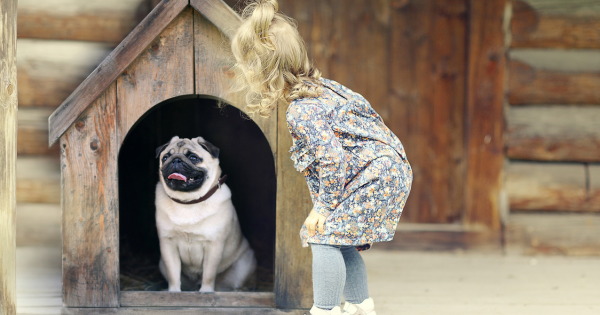
Step 1: Create a Safe Space
The first thing your rescue dog will need is a designated safe space where they can feel secure and comfortable. Rescue dogs, especially those with a history of trauma or neglect, may feel overwhelmed in a new environment. Set up a quiet area, away from loud noises and heavy foot traffic, where your dog can retreat when they need a break. This space could be a spare room, a cozy corner with their bed, or even a crate if they find comfort in confined spaces.
Key Considerations:
- Choose a quiet spot where your dog can relax undisturbed.
- Provide a comfortable bed, blankets, and toys to help them settle in.
- Make sure the space is free from hazards, such as electrical cords or small objects they could chew on.
Step 2: Dog-Proof Your Home
Just like you would baby-proof a house for an infant, it’s essential to dog-proof your home to keep your new rescue safe. Dogs are naturally curious creatures and may explore your home in ways you don’t expect. Remove or secure items that could be harmful or damaged by an inquisitive pup.
Checklist for Dog-Proofing:
- Remove toxic plants: Common household plants like lilies, ivy, and aloe can be toxic to dogs.
- Secure medications and cleaning supplies: Keep all chemicals and medications out of reach.
- Hide electrical cords: Prevent chewing hazards by covering or moving cords.
- Pick up small objects: Remove any small, easily swallowable items like coins, buttons, or jewelry.
- Use baby gates: If needed, block off rooms or areas where you don’t want your dog to go.
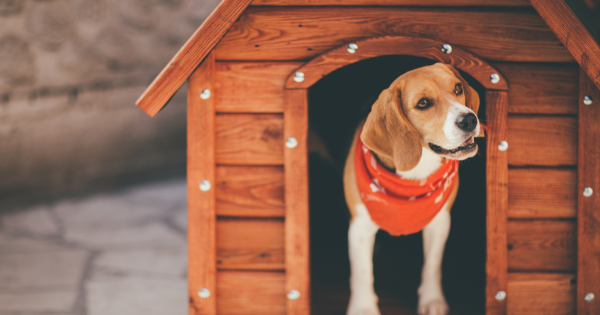
Step 3: Stock Up on Essential Supplies
Before your rescue dog arrives, make sure you have all the necessary supplies to meet their basic needs. Being well-prepared will make the transition easier and help your new pet feel more at home.
Essential Items:
- Food and water bowls: Opt for stainless steel or ceramic bowls, which are easier to clean and more durable.
- Dog food: Research the best food for your dog’s size, age, and breed. You may want to consult with a vet to make sure you’re providing the proper nutrition.
- Leash and collar: Ensure you have a sturdy leash and properly fitted collar. Consider getting a tag with your contact information in case your dog gets lost.
- Dog bed and blankets: Provide a soft, warm place for your dog to rest.
- Toys and chews: Interactive toys, chew toys, and puzzle games can help alleviate stress and keep your dog occupied.
- Crate or playpen: If crate training, have a crate that’s appropriately sized for your dog’s comfort and safety.
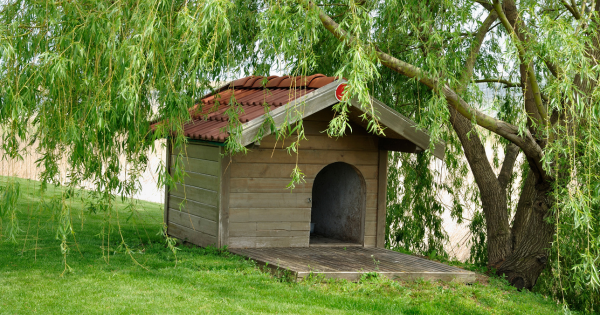
Step 4: Set Boundaries and Create a Routine
Dogs thrive on structure and predictability, and establishing a daily routine is essential for helping a rescue dog feel safe and secure. From feeding times to bathroom breaks, creating a schedule will give your dog a sense of stability. Additionally, set boundaries early on about where they are allowed to go, whether they’re allowed on furniture, and other house rules.
Tips for Routines and Boundaries:
- Feeding schedule: Stick to consistent feeding times, usually twice a day.
- Walk and exercise routine: Take your dog for regular walks and playtime to burn off energy and explore their new surroundings.
- Bathroom breaks: If your rescue isn’t house-trained, take them outside frequently and reward them for going to the bathroom outdoors.
- Establish rules: Be clear and consistent about where your dog can go and what they can do in the house.
Step 5: Schedule a Vet Visit
Once your rescue dog is settled in, it’s important to schedule a vet visit. Even if your dog comes with a clean bill of health from the shelter or rescue organization, a check-up will ensure they’re up-to-date on vaccinations, flea and tick prevention, and any other medical needs. Your vet can also offer advice on nutrition, exercise, and behavioral issues.
What to Bring to the Vet:
- Any medical records provided by the rescue or shelter.
- A list of questions or concerns about your dog’s health or behavior.
- Information on any medications or supplements your dog is taking.
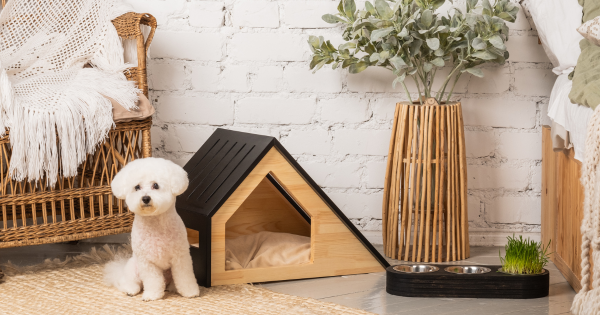
Step 6: Be Patient and Give Time to Adjust
Rescue dogs often come from difficult backgrounds and may require time to adjust to their new environment. It’s important to be patient and understanding during this period. Some dogs may experience anxiety, fear, or even behavioral issues as they settle in. Give your dog time to get to know you and the new routine. Use positive reinforcement to encourage good behavior and build trust.
Key Points:
- Allow your dog to explore the home at their own pace.
- Avoid overwhelming them with too much activity or new people at first.
- Offer gentle, consistent reassurance as they acclimate to their new surroundings.
Step 7: Consider Training and Socialization
While your rescue dog adjusts to their new home, training and socialization will be crucial to their long-term success. Whether you take on the training yourself or enroll in a class, focus on positive reinforcement methods to encourage desired behaviors.
Training Tips:
- Start with basic commands like “sit,” “stay,” “come,” and “leave it.”
- Socialize your dog gradually with other people and pets.
- Reward your dog with treats and praise for following commands.
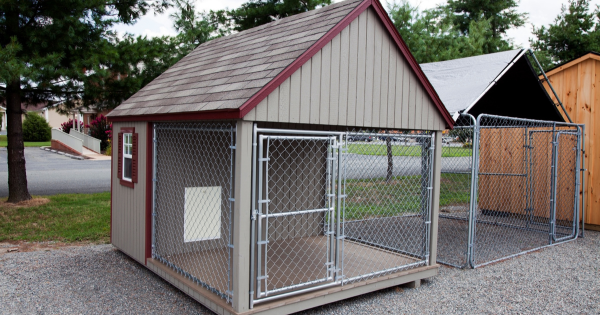
Adopting a rescue dog is an incredibly rewarding experience, but it’s important to prepare your home properly to ensure their comfort and safety. By following these steps, you’ll create a welcoming environment that allows your new furry friend to thrive. Remember, patience, love, and consistency are key to helping your rescue dog adjust and become a cherished member of your family.
